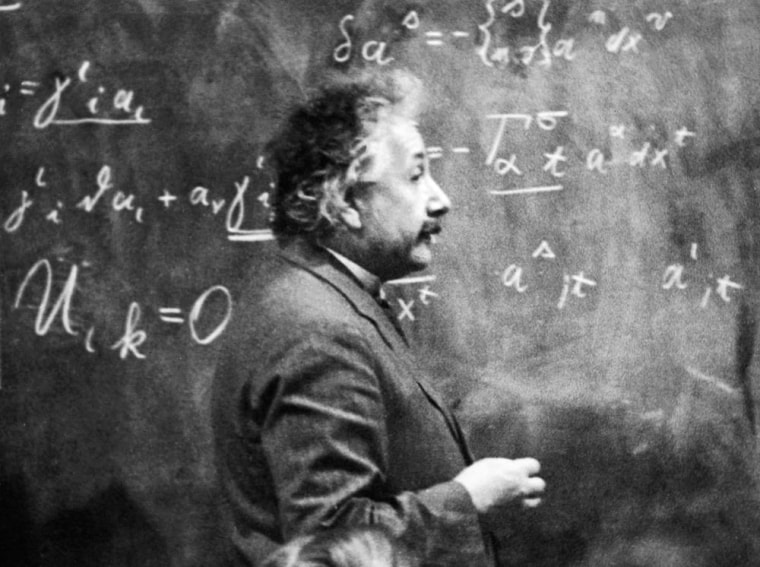A century ago this year, a young Swiss physicist who had already revolutionized physics developed a radical new understanding of gravity.
In 1915, Albert Einstein published his general theory of relativity, which described gravity as a fundamental property of space-time. He came up with a set of equations that relate the curvature of space-time to the energy and momentum of the matter and radiation that are present in a particular region.
One hundred years later, Einstein's theory of gravitation has withstood all the tests that scientists could throw at it. But until recently, it wasn't possible to do experiments to probe the theory under extreme conditions to see whether it breaks down. [6 Weird Facts About Gravity]
Now, scientists have the technology to look for evidence that could reveal physics beyond general relativity.

"To me, it is absolutely amazing how well general relativity has done after 100 years," said Clifford Will, a theoretical physicist at the University of Florida in Gainesville. "What he wrote down is the same thing we use today," Will told LiveScience.
General relativity describes gravity not as a force, but as a curvature of space and time due to the mass of objects, Will said. The reason Earth orbits the sun is not because the sun attracts Earth, but because the sun warps space-time.
Einstein's theory made some pretty wild predictions, including the possibility of black holes. The theory also provides the foundation for the currently accepted view that the universe is expanding, and also accelerating. The theory has been confirmed through numerous observations, but not in extremely strong gravitational fields. [The 9 Biggest Unsolved Mysteries in Physics]
The best prospect for testing the theory in these realms is to look for ripples in space-time, known as gravitational waves. These can be produced by violent events such as the merging of two massive bodies, such as black holes or extremely dense objects called neutron stars.
Now there are experiments that could detect space-time ripples from these types of events. "There's a very good chance we will be detecting [gravitational waves] directly in the next couple of years," Will said.
The detection could be made at facilities such as the Laser Interferometer Gravitational-Wave Observatory, with facilities in Washington state and Louisiana. LIGO has been offline for five years for an upgrade, but it's due to resume operations later this year.
Gravitational waves can be polarized, just as light is polarized as it passes through a pair of sunglasses. General relativity makes predictions about this polarization, so any deviation from those predictions "would be bad" for the theory, Will said.
But if gravitational waves are detected, Will suspects the data will once again confirm Einstein's theory. "My opinion is, we're going to keep proving general relativity to be right," he said.
— Tanya Lewis
This is a condensed version of a report from LiveScience. Read the full report. Follow Tanya Lewis on Twitter. Follow LiveScience on Twitter, Facebook and Google+.
Einstein died in 1955 at the age of 76, but if he were still alive, he would be turning 136 years old on Saturday, March 14. To celebrate Einstein's birthday, his life and his legacy, check out NBC News' archived special report, "A Century of Einstein."